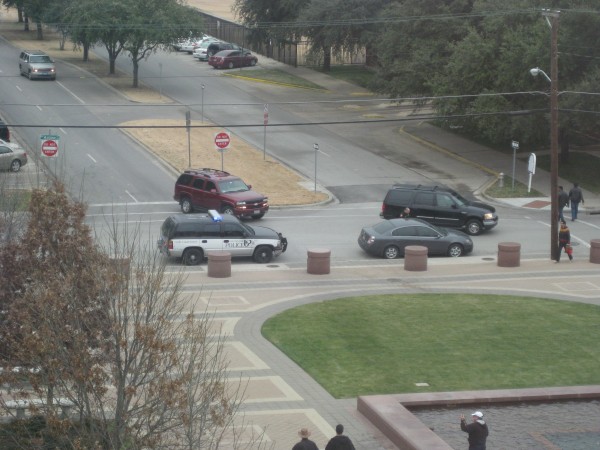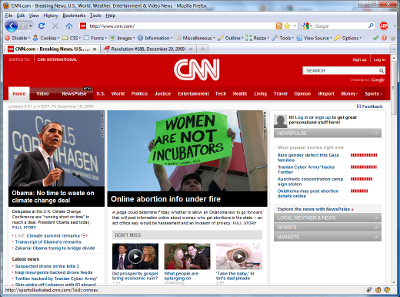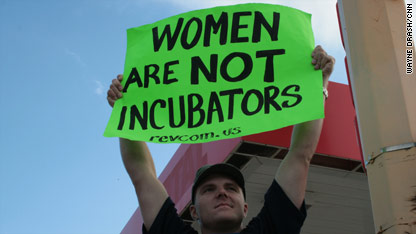If cops didn’t do traffic stops in safety-challenged places, would we even need “move over” laws?
This University Park, TX cop did a traffic stop in the middle of an intersection!

The Texas Railroad Commission and WFAA channel 8 may be scapegoating Atmos Energy, Dallas’s natural gas provider, for house explosions it probably didn’t not cause.
The state blamed Atmos for a May 2009 Irving home explosion. Tonight, Brett Shipp, a WFAA reporter, all but blamed Atmos for a November 2009 Mesquite home explosion.
The theory is that deteriorating “Normac couplings” in buried gas distribution lines are leaking the fuel, causing these explosions.
I don’t buy it.
In the Irving case, the state blamed a leaking fitting “under the street.” Yes, as in more than 20 feet away from the house.
Natural gas is lighter than air. It goes up as quickly as it can. That means it’s not going to travel sideways through dirt into someone’s house. Also, it dissipates rapidly like any other gas, like a poofy cloud. So any gas that could reach the outside of a house from a buried line would be faint.
The state’s theory probably breaks several laws of physics. That wisping gas would have to travel laterally from this coupling, in a focused vector, through a yard and through a concrete foundation, and accumulate in a house.
The Mesquite situation is similar. The WFAA cameras clearly showed a gas meter all the way by a fence. And Google Maps Street View shows that the gas lines are in the alley, separated from the house by many feet and a wood fence. (Picture of the next door neighbor’s gas meter in the alley–the exploded house is at 2505 Catalina.) These allegedly faulty couplings would be in lines buried under the alley, at least 20 feet from the house!
I don’t buy that Atmos exploded this house. I think something was wrong inside the house; that’s the homeowner’s responsibility. It’s irresponsible for WFAA to tar Atmos Energy for this.
Why does this matter? WFAA is campaigning for Atmos to replace tens of thousands of these Normac couplings. Maybe they leak more than ideal, but I have yet to see a convincing case that these couplings routinely cause imminent danger.
Furthermore, the cost of replacement is tens of millions of dollars. Guess who pays that? You and me, gas customers! So basically WFAA is campaigning to jack up our rates to fix something that may not be a problem.
If it ain’t broke, don’t fix it!
CNN promoted the Revolutionary Communist Party, USA on its home page this morning. This is a snap of the page:

Look at the bottom of the bright green sign:

revcom.us is “Voice of the Revolutionary Communist Party,USA”. Check out their Wikipedia page; they’re borderline treasonous.
Thanks, CNN!
 It’s good conservative policy to oppose pay restrictions, including maximum or minimum wage laws.
It’s good conservative policy to oppose pay restrictions, including maximum or minimum wage laws.
But some conservatives also object to TARP salary caps. They are clinging to positions without considering context.
TARP is welfare for terribly-run firms. (I still maintain that chapter 7-style liquidations would have been better in the long run.) These firms got to the precipice of disaster because of incompetent leadership.
What will bad leaders do with cheap taxpayer cash? Line their pockets! What should bad leaders really get? Drastic pay cuts.
So what’s wrong with this salary cap? Nothing. If you got TARP funds, you have to live by reasonable restrictions. If you don’t like these restrictions, then raise capital and pay back the funds.
I am a conservative. I don’t like TARP, but I support its salary caps.
David Nalle, Chairman of the Republican Liberty Caucus, wrote this in 2008:
The content of the Texas Republican Platform is a telling reflection of how divided the party is and how potentially destructive the most extreme factions are. Yet consideration of political realities renders much of what’s in the platform essentially irrelevant. Most of these extreme positions absolutely cannot make it to the national platform, and local politicians who want to get elected are going to have to ignore many of these resolutions, no matter what provisions are in the platform to try to force them to comply with it. For most Republicans with any political involvement at all, this platform is going to get stuffed in a drawer while they pretend it doesn’t exist. It’s ridiculously indulgent of counterproductive extremism and an embarrassment to a party which wants to have any kind of meaningful political future.
He’s right. Review Better Platform for specific examples of the flawed platform.